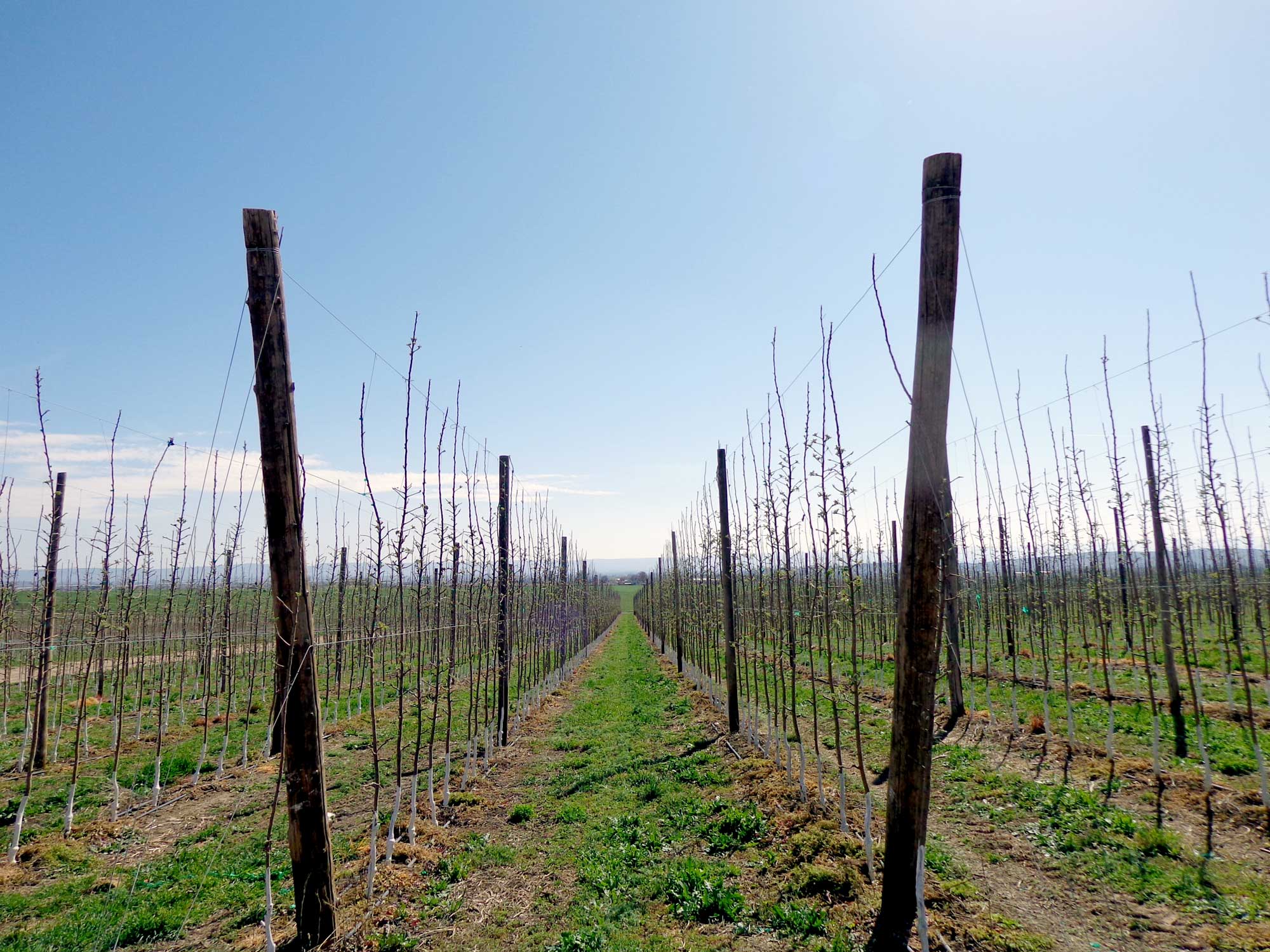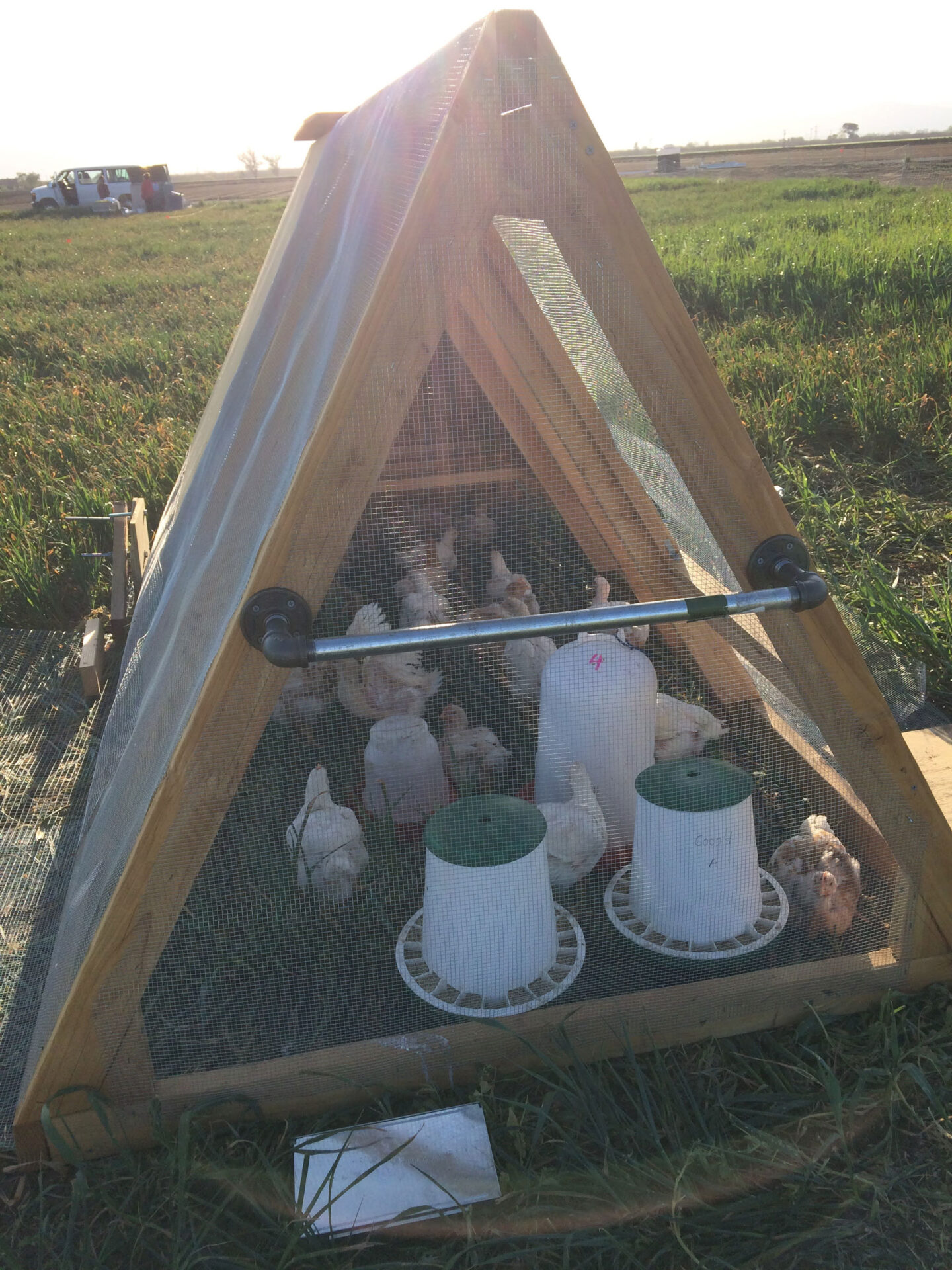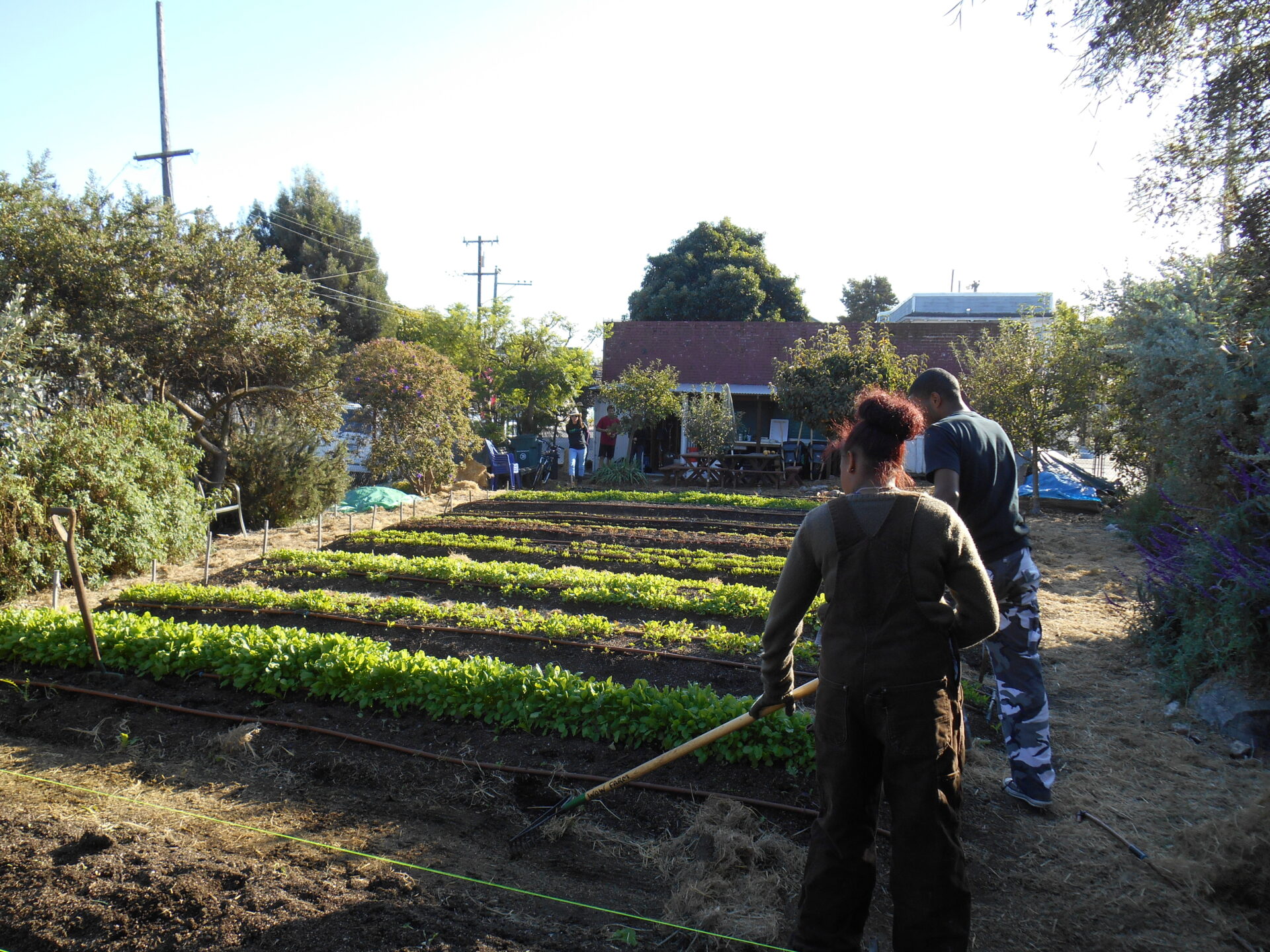
Should organic growing be based on supplying nutrients by guess and assuming so long as it is organic adding it to the soil will surely be the right thing to do. Finding some avenue or approach that can be counted upon to provide accurate information concerning nutrient needs for every obvious difference in each field is important for proper fertility management. This is one of the greatest errors made by organic growers. Growers cannot accurately manage what they cannot accurately measure!
Rather than helping to increase the nutritional value of plants, adding too much of anything can adversely affect nutrient values. Failure to understand or believe there is an accurate way to measure these results, too many are hurting, not helping, the quality and value of organically grown foods. Just keep in mind that the nutrient holding capacity of every soil is always filled to capacity. What this means is that every time there is too much of one element added to the soil, this will always cause there to be too little of something else that is needed for the plants to do their best there.
Accurate Nutrient Analysis
From working with organic farmers and growers since 1973 to build up and improve their soils, there are ways to tell when indiscriminate compost, lime or fertilizer applications become a problem. The real need is some type of analysis or indication that can accurately reflect the consequences before they actually happen. In most cases, the damage to nutritional values has already been done beforehand, because without a way to detect them these problems only become evident after the fact. This is one very important reason for growers to find and utilize an accurate method for nutrient analysis.
Without a proven program to indicate what the soil does and does not need, consider what can happen. So many organic growers and consultants talk about balanced soil nutrition, but how many can even define what it is? And of those who know how to define it, how many actually know the steps necessary to achieve such balance? And of those who initially strive to achieve such balance, once it is attained, how many know how to determine the needs and the means to correctly maintain it from year to year?
Without an accurate way to test for soil needs and knowing how to properly interpret such tests, balanced soil nutrition is only another empty value with little or no real meaning. Perhaps that is why so many who are considered as authorities in soil fertility insist that there is no such thing as soil balance to provide for better crops.
What is balanced soil nutrition?
What is balanced soil nutrition? To answer that again consider that the soil’s nutrient holding capacity is always completely filled to capacity. For every negatively charged clay or humus particle, there is always a positively charged ion of some nutrient attached to each one. The only way to remove an ion from the clay or humus is by a trade-off for some other one to take its place. So every time something is taken away, the soil will receive something else to replace it. Because soils work in this way, when any soil has too much of one element it will also have too little of some other element. When each individual soil has the proper percentage of each nutrient present, only then will that soil have the correct nutritional balance and provide such to the crop being grown there.
There is a set amount of each nutrient that is needed for every different soil to do its best. (The model is the average nutrient make-up of what is known as the soil’s colloidal humus content, which represents the average nutrient make-up from the complete decomposition of all living things.) That amount is based on the percentage of each nutrient required and the pounds per acre or kilo’s per hectare are only of value in helping us to achieve the proper percentage of each positively charged nutrient present for uptake and use by growing plants.
Nutritional Imbalance
There is a warning sign that will become evident when a nutritional imbalance becomes severe. It is when what is growing there, even though produced organically, begins to give off a bitter taste. Extremely bitter cucumbers, squash, turnips or even broccoli are good indicators that something is wrong with the nutrient balance in that soil. When this type of problem becomes evident, something needs to be done.
Extremely high levels of phosphate or potassium (K) are the two most common causes of bitter tasting vegetables. But the soil already has too much of one or both of these long before a bitter taste in the produce becomes evident. This type of problem is not just on farms where growers use too much of some type of commercial fertilizer. It can also result where too much compost or manure is applied to the soil when that causes potassium or phosphate levels to rise excessively.
For example, when over 7.5 percent of the soil’s nutrient holding capacity is saturated with potassium that excess begins to tie up available boron. Boron in the form plants need is easily leached out of the soil. Most soils already measure low to deficient in boron. Even soils with 5.0 percent humus or better still tend to be low in boron if there is no program designed to measure and maintain it. Unless a sufficient amount is being added back to supply what plants need to grow properly whatever is grown there will be deficient in boron. When the soil saturation of potassium totals 7.5 percent or higher this just causes any boron deficiency to become worse.
Plants need boron from the time they begin to grow in order to properly utilize nitrogen from the soil. This can adversely affect our food by reducing the protein value. Furthermore, boron takes the starch out of the leaf and places it in the seed. Without boron, the size of the seed is smaller and the boron content is lower. Boron is necessary to fight rust and fungus diseases in plants and inflammation in animals and humans. This lack is already the case long before the normally “good tasting” produce begins to take on a bitter taste.
However, once the potassium saturation itself, or in combination with the sodium (Na) saturation totals 10 percent, there is an additional problem it will cause. Even when the soil tests good to excellent in manganese, the plants growing there will not be able to take up a sufficient amount. It is not correct to say that soils showing adequate manganese actually has it tied up or unavailable. Because when those levels are there and the potassium and/or sodium levels are not excessive the plants will take up sufficient amounts of manganese. It is the extreme excesses that are causing the problem. In such cases, the extreme saturations of K and Na are blocking manganese uptake. Solve that problem and the plants will no longer suffer from too little manganese where an adequate level has been attained.
An excess of phosphate has an entirely different effect on plant growth. Excessive phosphate ties up zinc availability in the soil. Zinc is necessary for moisture absorption into the plants. When this happens, plants become more inefficient at taking up moisture, and it requires more water to grow the same tonnage of produce. Conversely, soils with extremely high zinc levels affect phosphate availability. To balance the uptake of both for optimal nutritional values, soils should be built up by the same rate at the same time. When soils have barely enough phosphate, zinc levels should not be overdone and vice versa. This can happen at times when large amounts of bone meal has been used for organic fertilizer.
In most cases it is an excess of phosphate rather than zinc that causes the greatest amount of problems. Using large amounts of manure or compost over a short period of time or moderate amounts of compost or manure over longer periods of time tend to be where the problems occur most. It is not unusual to find many organic gardens or fields with extremely excessive phosphate levels and deficient to very low zinc levels. Zinc deficiency takes its toll by being short already in many soils, but extremely high phosphate levels that are very common in many soils where vegetable and tree crops are grown make the problem even worse.
Atherosclerosis
Atherosclerosis which causes atheromatous plaque to be deposited on the inner walls of large and medium-sized arteries is associated with zinc deficiency. A lack of zinc is also associated with slower growth, skin problems and prostate problems. An adequate level of zinc speeds up healing, increases immune system function, enables better taste, promotes sexual development and sustains male fertility. So when you consider what a lack of zinc in our diet can cause, and that problem can be caused by excessive phosphate in the soil, again, it is very important to be able to know what the levels of both should be in each soil.
Finding Balance
Using potassium and phosphate as examples here helps to show what too many organic growers tend to ignore or never learn in the first place. When there is too much of any one element in the soil there will always be too little of something else. But the opposite is also true, when there is too little of any nutrient in the soil, there will always be too much of something else that there as a detriment to the plant and those who consume those plants. Therefore, until the ability to measure and determine what those levels need to be can be defined, it is impossible to have balanced nutrients in any soil. This is the true meaning of balanced nutrition—when the soil where our food is grown has a sufficient amount of each nutrient so as to supply what is produced there with the nutrients we need for the best health, without restricting the availability of other nutrient requirements at the same time.
When used to supply actual needs, compost is a great help, but if a compost has a significant amount of some nutrient the soil does not need, then that compost will eventually cause a problem. It may not hurt yield in the beginning, but adding what is not needed to a soil will restrict the uptake of other nutrients that are needed by the crop. So the use of compost alone cannot always accomplish supplying what a soil really needs to do its best. The same is true for cover crops or applying live microbes. The answers are not just considering the use of adequate amounts of certain humates or rock dusts. The truth is, the differences in fertility levels are so great from one soil to another that there is likely nothing that when used alone will normally do all that is necessary to correct the nutritional needs of each individual soil. To supply the proper type of needed fertility, only soundly based testing and measured applications specifically provided to supply the needs and control the excesses in each different type of soil will work to grow the most nutritious crops.
You Can’t Manage What You Can’t Measure
You cannot manage what you cannot measure. But with so many different types of testing methods, how can it be determined whether or not the answers provided on the test are actually the right answers? And even with the most accurate soil test, someone has to interpret what the numbers mean. How is it possible to tell who knows what they are talking about and who does not?
There are ways to determine which test or tests can be useful and the value of the information that is provided by those who strive to interpret those tests. For those who intend to grow highly nutritious, nutrient dense foods, these are crucial considerations that need to be correctly answered.
Soil balancing is in reality both possible and needed, and by using the correct tools, each grower can prove the truth of it by actual personal experience.
Neal Kinsey is owner and President of Kinsey Agricultural Services, a consulting firm that specializes in restoring and maintaining balanced soil fertility for attaining excellent yields while growing highly nutritious food and feed crops on the land. Call 573 683-3880 or see www.kinseyag.com for more information.





